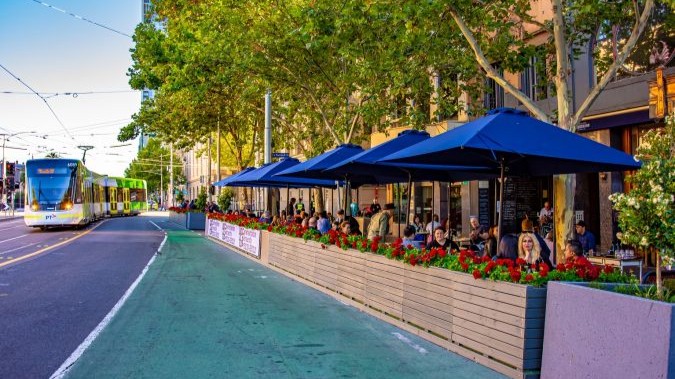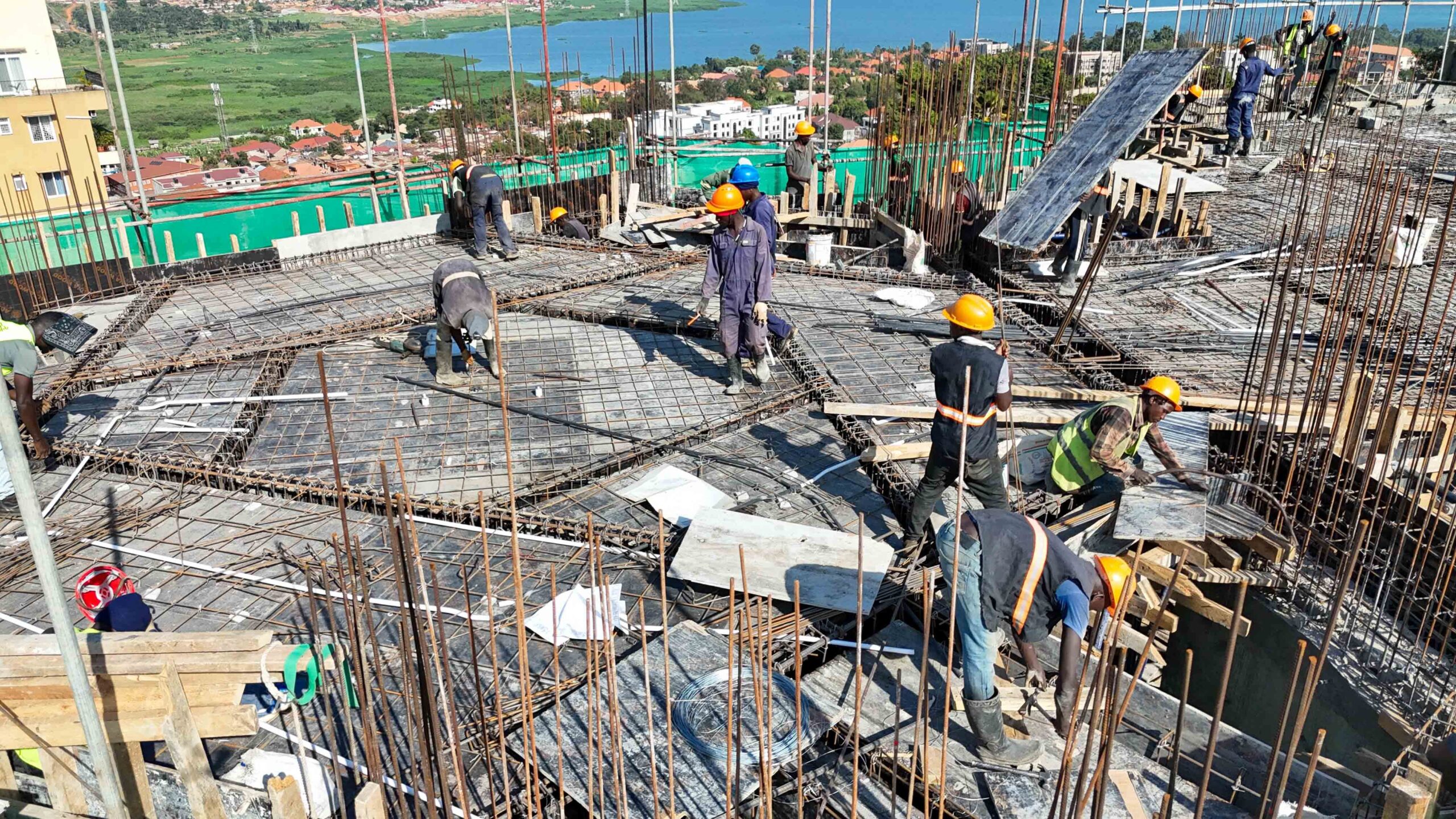Urbanization will continue to unfold predominantly across Asia and Africa in the decades ahead. To ensure this growth is sustainable, a glocal approach—blending global solutions with deep local understanding—must become the foundation of urban development.
1. Embracing Local Realities
- Adaptation over imposition: Future buildings and infrastructure must respect climate, cultural norms, and community habits—mirroring traditional vernacular techniques while integrating modern efficiency. One-size-fits-all approaches, especially those exported uncritically from Europe or North America, often fail in tropical, desert, or densely populated global south settings
- Local energy & materials: Renewable energy from local solar or wind resources, paired with locally sourced, climate-adapted materials, reduces both carbon footprint and dependency on imports.
2. Empowering through Knowledge Sharing
- Training and capacity building: Success hinges on equipping local professionals—engineers, builders, craftsmen—with cutting-edge sustainable construction skills. This transfers knowledge, fosters ownership, and ensures solutions are rooted in community context rather than foreign formats.
- Technology transfer from north to south: Global North industries have a role to play—but not by dictating. Rather, they should facilitate access to tools, innovation, and best practices that local professionals can adapt and scale .
3. Avoiding Common Pitfalls
- Rejecting replica cities: Copying Western urban models without contextualization is both costly and culturally misaligned
- Celebrating local ingenuity: Cities in the Global South are already generating innovative, context-specific solutions—be it blending centuries‑old masonry with new green-tech or designing flood-resilient neighborhoods using traditional spatial layouts.
4. Fusing Global Innovations with Local Adaptation
- Global + Local = Glocal: This hybrid model marries scalable tech (like green walls, rain-harvesting systems, passive cooling, and renewables) with community-specific architecture and planning
- Smart, but invisible: The smart city of the future isn’t flashy—its sensors, IoT, and efficient grids should operate seamlessly, enhancing liveability without drawing attention .
5. The Role of Governance & Education
- Political will matters: Governments must invest in vocational training, regulatory frameworks, and incentives that align sustainable design with affordability.
- Grassroots-to-policy dynamics: Local residents should actively shape urban development—from decision-making to implementation—to ensure infrastructure responds to actual needs.
Why Glocal Wins?
Benefit Impact Contextual resilience Urban systems designed for local resilience handle climate, culture, and resource needs better. Economic empowerment Local supply chains grow when materials, expertise, and energy remain community-centered. Cultural continuity sustainable development that honors existing practices gains public buy-in and social cohesion. Scalable innovation Communities worldwide can adapt glocal principles, accelerating sustainable urban growth globally.
The city of tomorrow is not a replica—it’s a living, context-aware organism rooted both locally and globally. By trusting local expertise, combining it with global innovation, and embedding sustainability in education and policy, we can build urban spaces that are resilient, equitable, and regenerative.
The glocal paradigm ensures cities not only grow—they thrive.









